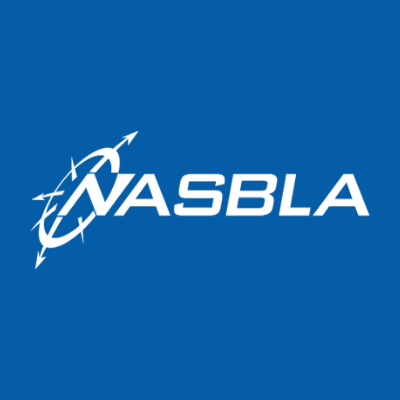1-800-832-7191

NASBLA Engine Cut Off Device
NASBLA Engine Cut Off Device Improves Boating Safety Nationwide
The NASBLA Engine Cut Off Device standard helps prevent runaway vessels and serious injuries during unexpected ejections or emergencies. Boaters must understand how this safety feature works and why it matters. Because sudden turns or collisions can throw operators overboard, engine cut off devices stop the boat immediately. NASBLA promotes consistent use and education across all states. By following these guidelines, boaters reduce risks and protect passengers.
Understand the Purpose and Function of Cut Off Devices
Engine cut off devices connect the operator to the ignition system using a lanyard or wireless signal. If the operator falls, the engine shuts down instantly. Because boats can continue moving without control, this feature prevents collisions and injuries. Many states now require these devices on certain vessels. Therefore, boaters should check local laws before launching. Using the device properly ensures compliance and improves safety for everyone onboard.
NASBLA Engine Cut Off Device Requirements Vary by State
The NASBLA Engine Cut Off Device guidelines align with federal regulations but allow states to tailor enforcement based on vessel type and size. Some states mandate use on boats with specific horsepower ratings or throttle configurations. Because rules differ, boaters must stay informed about local requirements. NASBLA provides resources to help operators understand when and how to use these devices. For additional safety tips, visit Connecticut Boating Certificates – The Helm. Staying compliant helps avoid fines and accidents.
Practice Safe Habits and Lead by Example
Boaters should always attach the lanyard or activate the wireless system before starting the engine. This simple habit can save lives. Because passengers may not know how the device works, operators should explain its purpose before departure. Instructors and marina staff can reinforce proper use during training and inspections. This campaign encourages boaters to lead by example and promote responsible behavior. Sharing knowledge builds a stronger safety culture on the water.